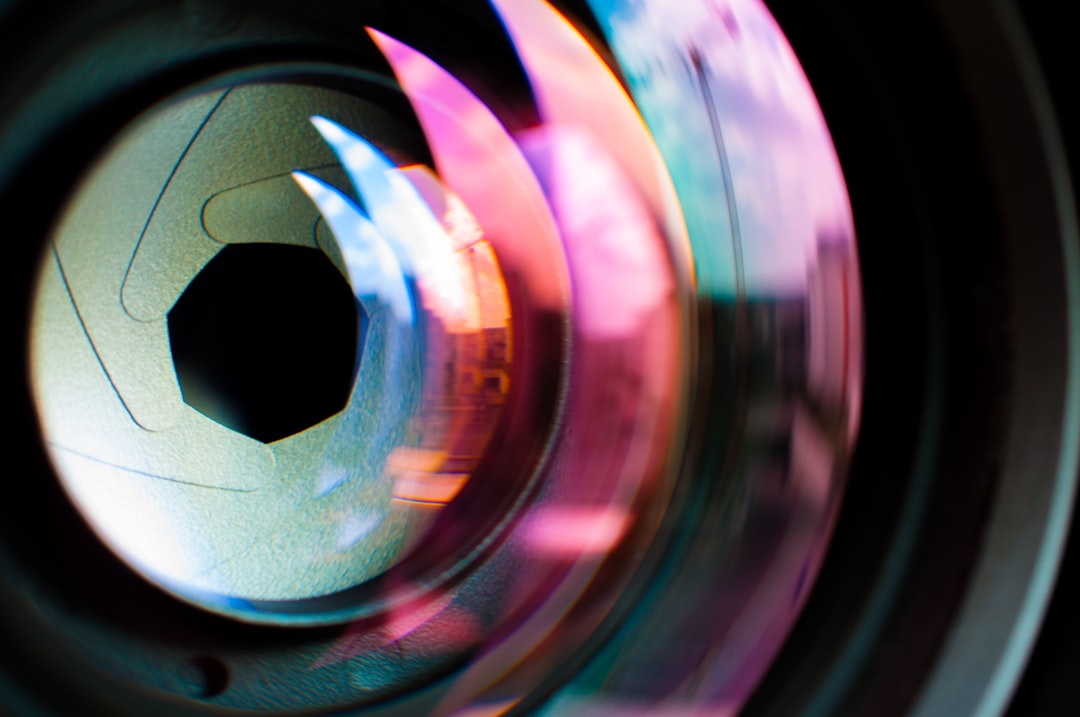What is it about?
This paper presents a comprehensive review of the origin, principles, practical applications, and future perspectives of mass-selected ion beams generated using two rotating electric-field mass (REF-MS) filters. This review is primarily focused on the mechanism underlying the observed cycloid trajectories followed by REF-MS-selected ions. A focused ion beam column containing Ga and AuGe liquid metal ions was coupled to an REF-MS separation filter. The column was then replaced with a vacuum electrospray ionization source, and the resulting mass-selected ion beam was used to create a microscale crater and Co elemental ring.
Featured Image

Photo by Sifat Niloy on Unsplash
Why is it important?
I believe that our study makes a significant contribution to the literature, and this paper will be of interest to the readership of this journal because although previous studies revealed the size selectivity of the gas cluster ion beam formation method and electrospray ionization, the convergence of the beam formations in these methods is sacrificed by the mass separation process. By contrast, the REF-MS filter developed by the present author facilitates both mass selectivity and ion-beam convergence. Further, the present authors’ group has been working on unravelling the underlying principles of REF-MS separation and assessing the feasibility of developing suitable systems to realize mass separation and ion beam convergence using rotating electric fields as well as the practicability of this method. This review is a compact representation of these efforts and will be beneficial to readers from diverse backgrounds.
Perspectives
REF-MS filters exhibit multifunctionalities and can operate as mass selectors, micro dimensional elemental printers, speedometers, and so on.
Dr. Masashi Nojima
Tokyo University of science
Read the Original
This page is a summary of: Mass-selected ion beam generation using two rotating electric-field mass separation technique, AIP Advances, October 2023, American Institute of Physics,
DOI: 10.1063/5.0168660.
You can read the full text:
Contributors
The following have contributed to this page










